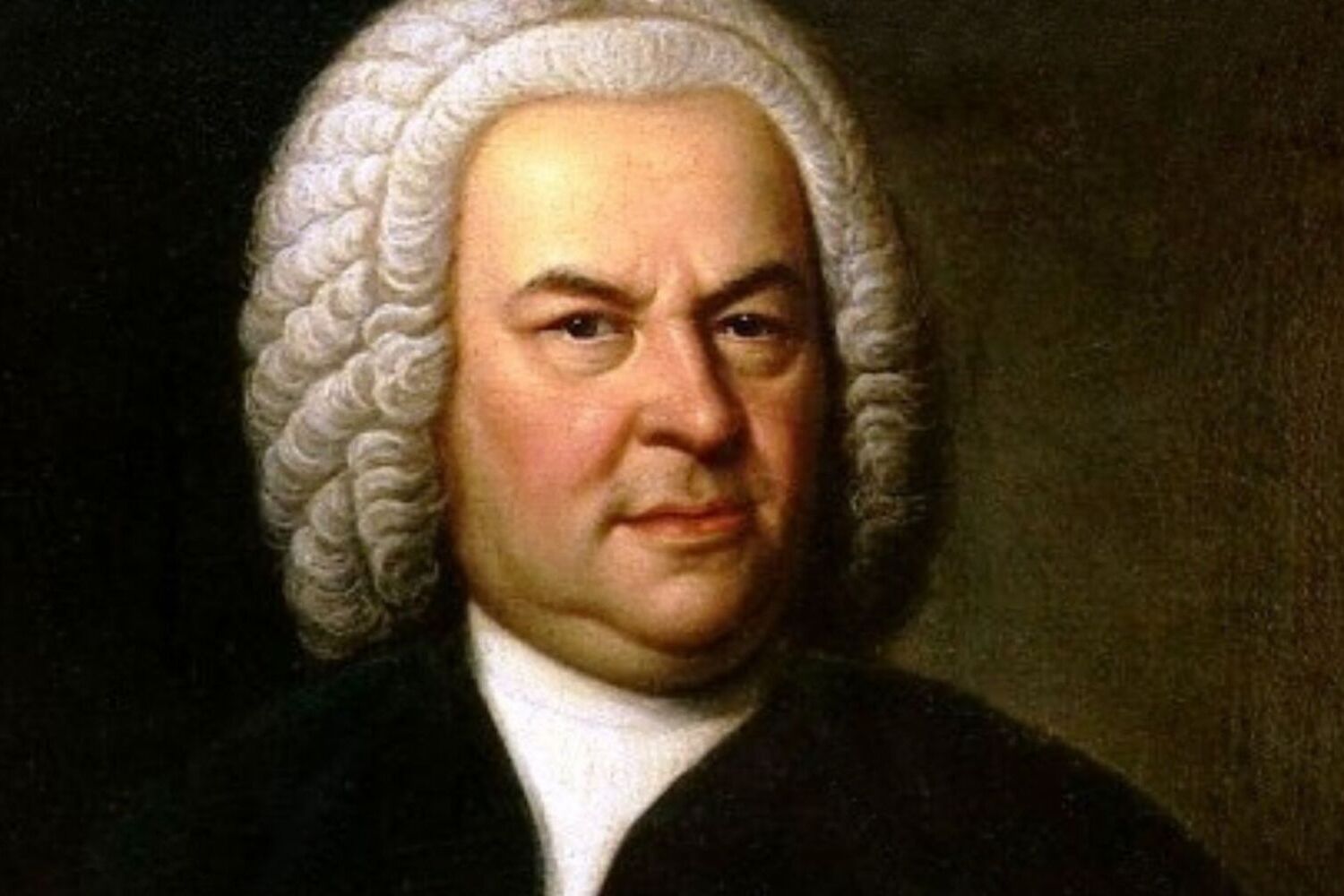Anyone even slightly interested in classical music has probably heard the name Johann Sebastian Bach. This German composer and organist of the Baroque era is considered one of the greatest figures in the history of music. His work is known for its deep spirituality, technical mastery, and incredible diversity of forms. Behind his remarkable talent lie many fascinating facts that are not widely known. Here are some exciting and inspiring facts about Bach’s life and works that you might not know.
- Johann Sebastian Bach was born in 1685 in Eisenach, Germany, into a family of musicians. His ancestors had been involved in music for generations, and in the region of Thuringia, the surname Bach was nearly synonymous with the word musician. These family traditions had a huge influence on his development.
- At the age of ten, Bach became an orphan and moved in with his older brother Johann Christoph, who was an organist. It was his brother who taught him the basics of playing the harpsichord and organ. The young Bach would secretly copy scores to learn the art of composition.
- Even as a child, he demonstrated extraordinary musical memory and improvisational skills. At fifteen, he received a scholarship and began studying at a school in Lüneburg. There he encountered French and Italian musical styles, which later influenced his compositions.
- Bach was an incredibly prolific composer, creating over 1,100 pieces of music. His works include cantatas, masses, fugues, concertos, preludes, and organ music. Many of them were written for religious services and church liturgies.
- He was also a brilliant performer on the organ and harpsichord, highly regarded throughout Germany. He was often invited to test new organs in various churches. His improvisations gained admiration and respect from his contemporaries.
- In 1705, Bach walked approximately 400 kilometers from Arnstadt to Lübeck to hear the famous organist Dieterich Buxtehude. He spent several months there, gaining new insights and inspirations. This journey shows his passion and determination.
- Bach had two wives and twenty children, ten of whom survived into adulthood. Several of his children, including Carl Philipp Emanuel Bach and Johann Christian Bach, became renowned composers themselves. The Bachs formed one of the most important musical families in history.
- For the last thirty years of his life, Bach worked in Leipzig as the cantor of St. Thomas Church. During this time, he composed his most important sacred works, such as the St. Matthew Passion and the Mass in B minor. He also led the choir and taught young musicians.
- His music was guided by mathematical precision and logical structure. His fugues are regarded as the pinnacle of polyphonic composition. He experimented with musical forms, canons, and symmetry.
- In the final years of his life, he went blind after a failed eye surgery. Despite this, he continued to compose, dictating his works to his students. His late compositions are full of deep spirituality and contemplation.
- In the 18th century, Bach’s work began to fade into obscurity, but in the 19th century, it was rediscovered by Felix Mendelssohn. Mendelssohn organized a performance of the St. Matthew Passion in 1829, which restored Bach’s rightful place in history. From that moment, his music regained fame and recognition.
- Bach was buried in Leipzig near the altar of St. Thomas Church, where he had worked for many years. Today, the site attracts tourists and music lovers from all over the world. Annual festivals dedicated to his work are held there.
- He also wrote a manual for learning keyboard instruments titled The Well-Tempered Clavier. It contains preludes and fugues in all major and minor keys. This work is still used in music education today.
- Though he was a man of deep faith, he was also capable of humorous compositions. A good example is the Coffee Cantata, which tells the story of a father trying to stop his daughter from drinking coffee. Bach was not afraid to mix seriousness with lightness.
- Today, his music is used in studies related to artificial intelligence and algorithm design. His fugues are analyzed for their logical structure and complexity. Bach’s works inspire not only musicians but also scientists and engineers.
These interesting facts about Johann Sebastian Bach reveal that he was not only a brilliant composer but also a deeply dedicated and hardworking individual. His music has endured through the centuries and continues to inspire audiences around the world. Learning about his life and art is a captivating journey into the soul of the Baroque era.





